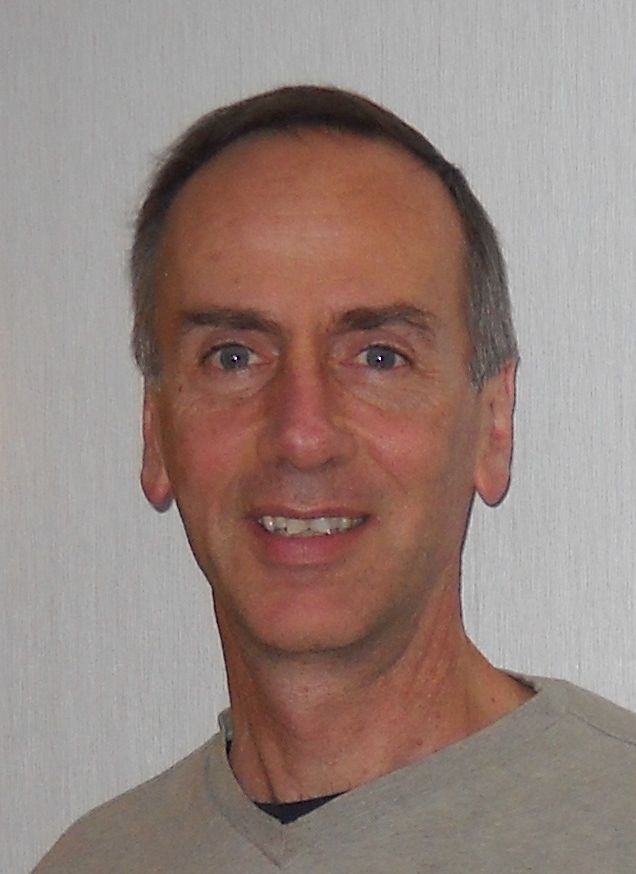Accurate Tomographic Imaging Requires Less Measurement Data Than We Thought

Research Director, CNRS, Hubert Curien Laboratory, Saint Etienne, France and Adjunct Professor, Department of Physics, Carleton University
November 28, 2013 15:00 - 16:30
River Building, room 3228, Carleton University
Parking: Paid parking is available (suggest parking lot P2)
Organizer: Dr. James Green
Registration not required.
abstract
In medical imaging, computed tomography (CT) scanners, single-photon emission computed tomography (SPECT) scanners, and positron emission tomography (PET) scanners have been established for several decades, and they share the same first-order imaging model. Image reconstruction from projections is the field that deals with theory and algorithms of tomographic imaging. For many years, the well-known filtered-backprojection (FBP) algorithm was the standard method of reconstruction on all medical scanners. FBP is based on Radon's inversion formula, and it requires all rays to be measured that pass through the slice of interest. The 1980s and 1990s saw a large effort to find methods of obtaining reliable images from a reduced dataset, but the conclusion was that tomography was "all or nothing": Either all rays are measured, in which case the whole slice could be reconstructed, or if some rays were not measured then no part of the slice could be reconstructed. After the turn of the century new theory showed that the all-or-nothing model was too pessimistic. There are methods of reconstructing small subsets called regions of interest (ROIs) from partial measurements. This talk will review the FBP methods and then discuss one way of handling ROI reconstruction from partial data. The conclusion is that Radon's inversion formula is not the only formula that can be used for tomographic image reconstruction.
biography
Dr. Clackdoyle attended Fisher Park High School here in Ottawa, followed by a BSc in Mathematics and a MSc in Computer Science at Queen's University in the area of image reconstruction for a 3D PET camera. He held research positions at CERN (Geneva, Switzerland) and the Royal Marsden Hospital (London, UK), prior to completing his PhD in Mathematics at Dalhousie University on Minkowski geometry and the isoperimetric problem. Dr. Clackdoyle completed postdoctoral studies at the Medical Imaging Research Laboratory (MIRL) at the University of Utah and at the Mathematics Institute in the University of Freiburg, Germany. He then became a Professor of Radiology, MIRL, University of Utah. His current position is a Research Director with the CNRS, Hubert Curien Laboratory, in Saint Etienne, France for the past 9 years. His principle research interests are the theory and algorithms for image reconstruction with applications to PET, SPECT, and CT modalities.
Last updated November 22, 2013

